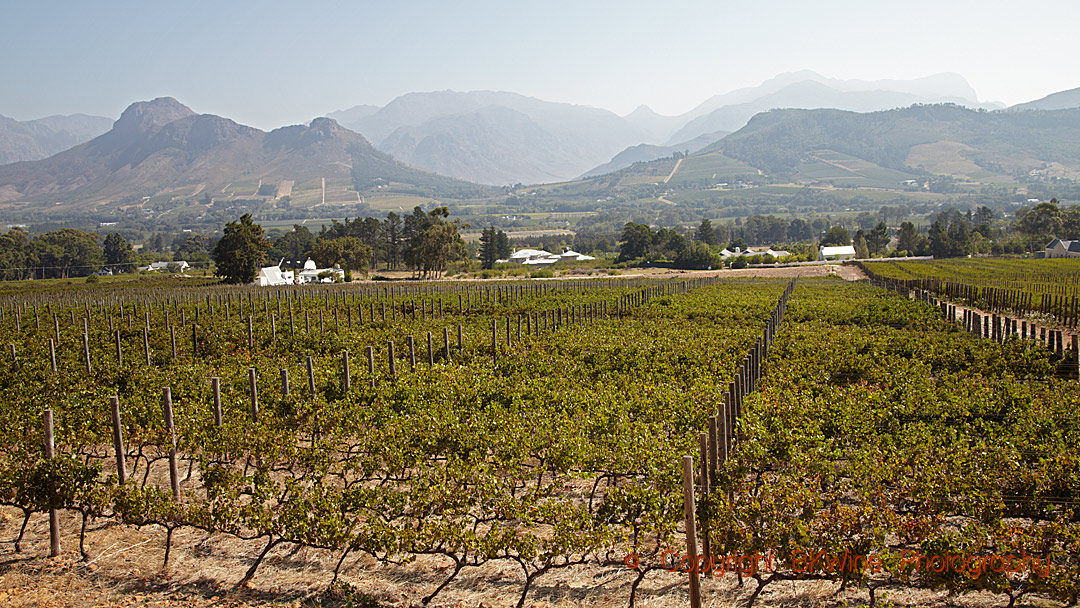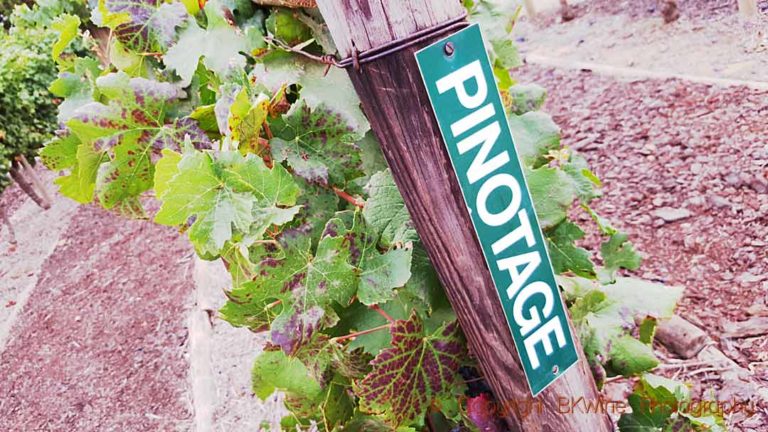South Africa’s vine surface has declined since 2009 when it was just over 102,000 hectares to today’s 93,000 hectares (table grapes not included). However, wine’s contribution to the country’s GDP has steadily increased during these years.
The wine industry is important for the economy, not least in the Western Cape (around Cape Town), where most of the wineries are located. An estimated 300,000 people are involved, directly or indirectly, in the wine industry.
Of the total harvest in 2018, 85.8% went to winemaking, 3.8% went to brandy (a South African speciality), 8.7% to other distillation and 1.6% to grape juice and grape juice concentrate. White grapes take 55.2% of the surface, red grapes 44.8%.
Overall, chenin blanc is the most planted grape (much used for distillation) with just over 18% of the surface. Cabernet sauvignon covers 11%, syrah, just over 10%, pinotage 7.4% and merlot 5.8%. There is also an enormous amount of other varieties, planted on very small surfaces. To all wine lovers’s delight.
Read more South African statistics here: wosa.
Travel: Join us on our wine tour to South Africa in February. In fact, each tourist coming to the country generates one year’s employment for one person. So visiting the country is a good way to show support.












